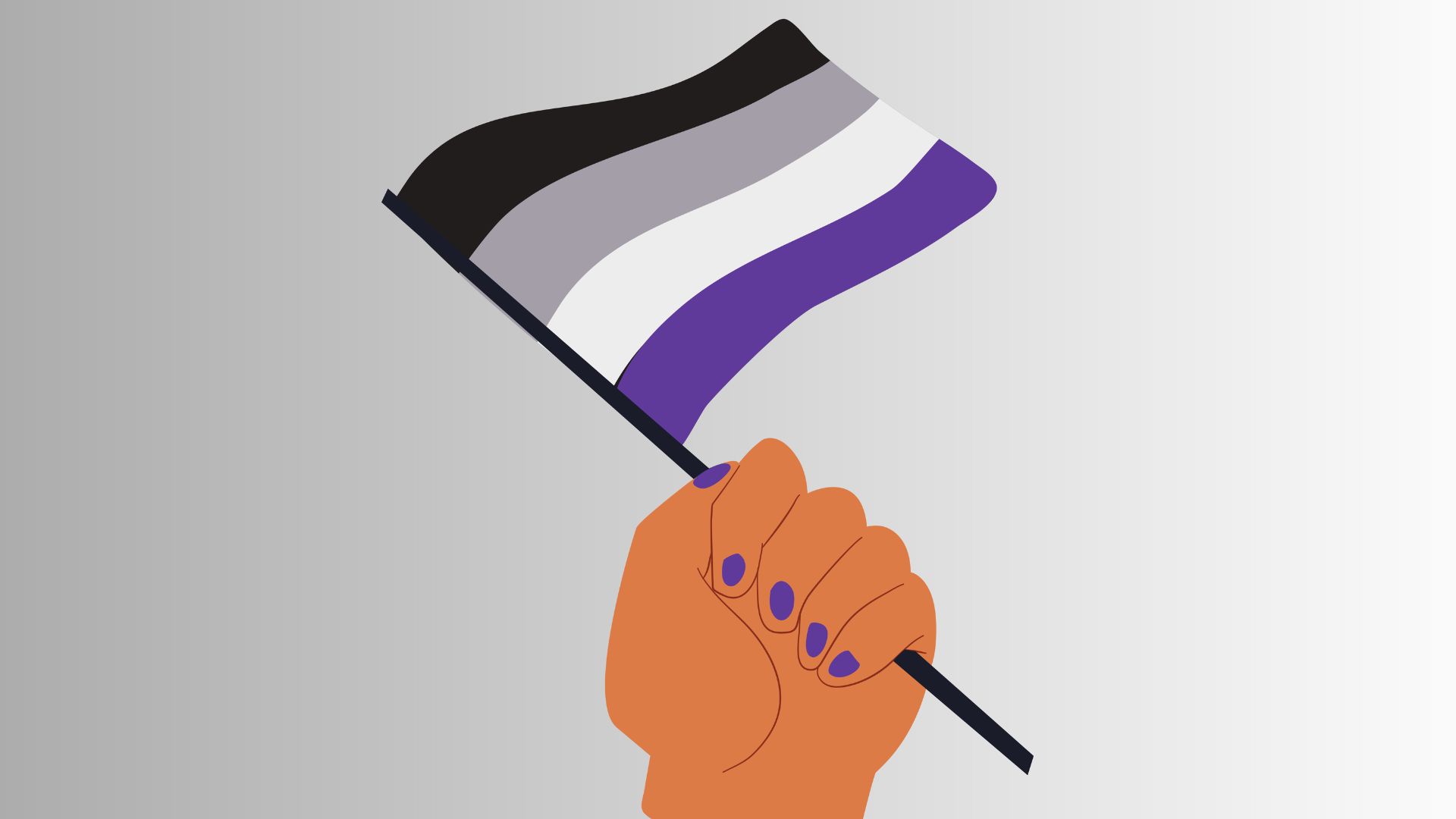It is common to wonder what is the difference between a comment made from the right of freedom of expression and a hate speech, because sometimes the line between the two can be very thin. Here's how to tell the difference.
Freedom of expression is a fundamental human right which allows us to express opinions without being subject to persecution or censorship. Nevertheless, it is important that opinions do not cross the line into hate speech., where discrimination and violence is exercised against a group specific to the population.
The respect and tolerance for diversity of opinions is of a basic nature for human coexistence.. For this reason, there is the International Day for Tolerance, established by the General Assembly of the United Nations (UN) in 1996. This date is commemorated every November 16.
What is freedom of expression?
Freedom of expression is part of the UN Universal Declaration of Human Rights (1948). This right is stated in Article 19 of the Declaration, which expresses:
«Everyone has the right to freedom of opinion and expression; this right includes freedom to hold opinions without interference and to seek, receive and impart information and ideas through any media and regardless of frontiers.».
A comment falls within the concept of freedom of expression as long as it does not promote discrimination against a specific group or advocate violence.
Freedom of expression is fundamental to professions such as journalism, literature and politics. In fact, Amnesty International notes that for the press in territories such as Azerbaijan, Mexico, and Liberia, this right is in danger, The journalists have faced repression and aggression on several occasions for carrying out their work.
However, freedom of expression is something that we all put into practice on a daily basis.. In the corporate world we also issue opinions and points of view; it is not a subject that is alien to us. Companies must ensure the creation of safe workplaces, where freedom of expression is a guarantee.
Examples of comments that are freedom of speech (even if they are controversial)
The following phrases may be controversial, but are protected under the right to freedom of expression because they give opinions on public issues, do not incite violence and do not directly attack a group for its identity.
- "The president is incompetent and corrupt; moreover, his senseless decisions destroy the country».»is an opinion on a public issue and does not attack a group for its identity.
- "I don't believe in religions, I think they cause more harm than good.»The main criticism is against an idea, religion, but not against the believers.
- "Political correctness has limited the possibility of speaking freely on some topics.»The "social practice": it questions a social practice, but does not promote discrimination against a particular group.
- "I don't agree with the positions of modern feminism, I think it has become too radical.»The comment is an opinion that criticizes ideological positions of a social movement, but the comment does not constitute an attack against women as a group.
What is hate speech and what are some examples?
To understand what the hate speech, the Gabo Foundation defines it as:
«One that justifies or promotes contempt or discrimination of individuals or populations for various reasons: race, gender, nationality, sexual orientation, and economic status.».
In fact, the Gabo Foundation points out that in each case, the message must be evaluated in order to analyze the intentionality with which it was issued, as well as the situation of vulnerability of the person or the affected population for the comment.
The most common examples of hate speech are LGBTphobia, racism, xenophobia, anti-Semitism, Islamophobia, sexism, aporophobia and ageism.. In addition, on many occasions, hate speeches include calls to action.
Characteristics of hate speech
The UN mentions that hate speech has three characteristics essential:
- materializes in any form of expression, This includes words, illustrations, memes and gestures;
- is discriminatory and pejorative, as it is usually is based on prejudices of a group of people;
- focuses on identity factors such as race, sexual orientation, gender, religion, socioeconomic status and health status.
Examples of phrases that are hate speech
In all the following cases we have phrases are hate speech because they incite violence and/or attack directly a group for its identity:
- «Immigrants are a plague and should be expelled from the country.».
- «Trans people are mentally ill people who should not exist.».
- «Women are so useless that they are useless for positions of power.».
- «I have nothing against people of African descent, but I prefer that my children not associate with them.».
What are the consequences of hate speech?
The United Nations Educational, Scientific and Cultural Organization (Unesco) points out that hate speeches, in addition to cause harm on a personal level, may incite to violence. Likewise, promote attacks on inclusion, diversity and human rights.
Hate speech has had real-world repercussions and, in extreme cases, has been a key part of genocides. As an example we have the Rwandan genocide in 1994: the Radio Télévision Libre des Mille Collines (RTLM) was responsible for broadcasting hate propaganda against the Tutsi population., where they were called with derogatory terms such as «cockroaches» or «snakes».».
According to the Montreal Holocaust Museum, in the genocide in Rwanda 800,000 people were killed.
It is for this reason that currently Some countries have already included laws restricting or criminalizing hate speech in their criminal codes.. These include Spain, Malta and the Netherlands.
Did you know the differences between free speech and hate speech?
With information from UN, Amnesty International, Unesco (1, 2), Gabo Foundation, Border D, Montreal Holocaust Museum, Colex y Wikipedia
Research and editing by José Manuel Ríos and Rodrigo Hernández



